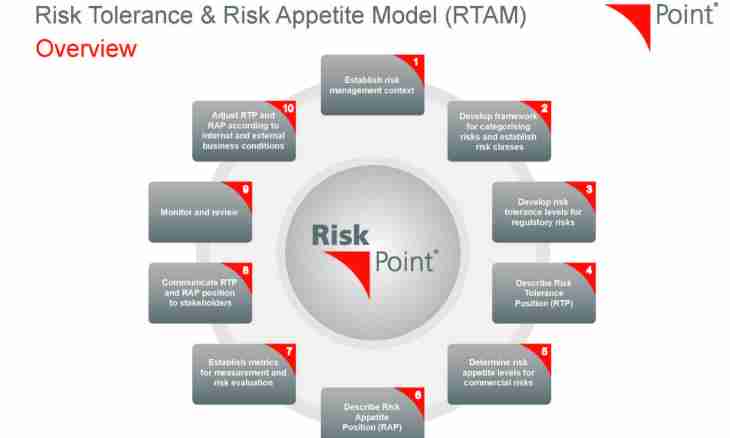Risk-management – one of the most important components of effective assessment of the predicted income. On the basis of the analysis of market risk, management decisions are made and carried out, possible losses are minimized.
Instruction
1. The market risk accompanies open positions on the operations connected with receiving speculative income, for example, to purchase and sale of currency, the security, trade in options and futures and so forth. The danger is connected with the fact that such income is extremely dependent on unstable factors, such as interest rates, courses, price fluctuations, etc.
2. It is accepted to allocate four main forms of market risk: share, percentage, currency and commodity. It is, respectively, assessment of falling of cost of the security, change of a rate on percent, rate fluctuations of currency and the change in price of goods. Sometimes share and commodity risk unite in one – price risk.
3. To determine the level of market risk, i.e. to estimate its potential impact on the expected income, it is necessary to calculate the cumulative size of risks which is equal: RR = 12.5 · (PR + FR + BP), where PR – percentage risk, FR – share and BP – currency.
4. The method of determination of market risk consists in calculation of a quantitative index of market risk. The result is expressed in monetary units and is the presumable sum of losses which will not be exceeded during the set temporary period (temporary horizon) and with the set accuracy (level of credibility).
5. The procedure of determination of level of market risk is carried out regularly, and data are entered into a registration system. The operating employee on the basis of the obtained information estimates risk and makes decisions according to which the size of risk can be minimized. In other words, the manager has to maximize profit and minimize losses, otherwise the enterprise can suffer heavy losses.
6. Management of market risk consists of several stages: identification, assessment, continuous monitoring, control and minimization. Information for decision-making has to be full that it was objective.

